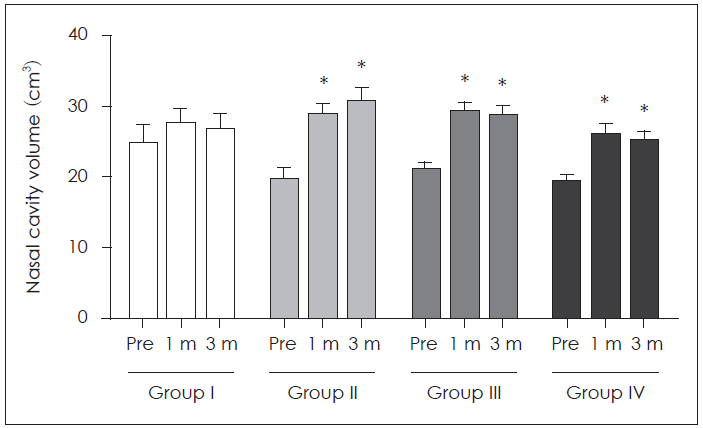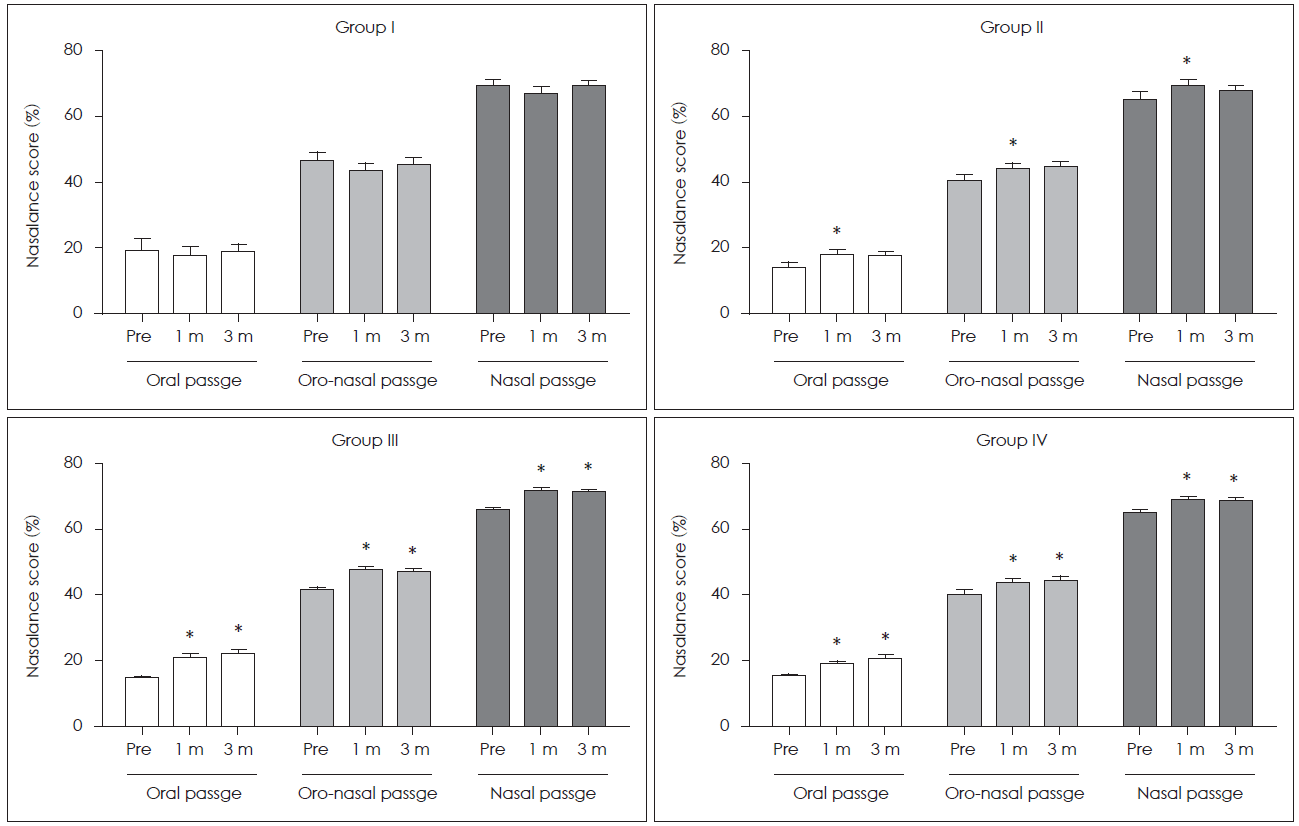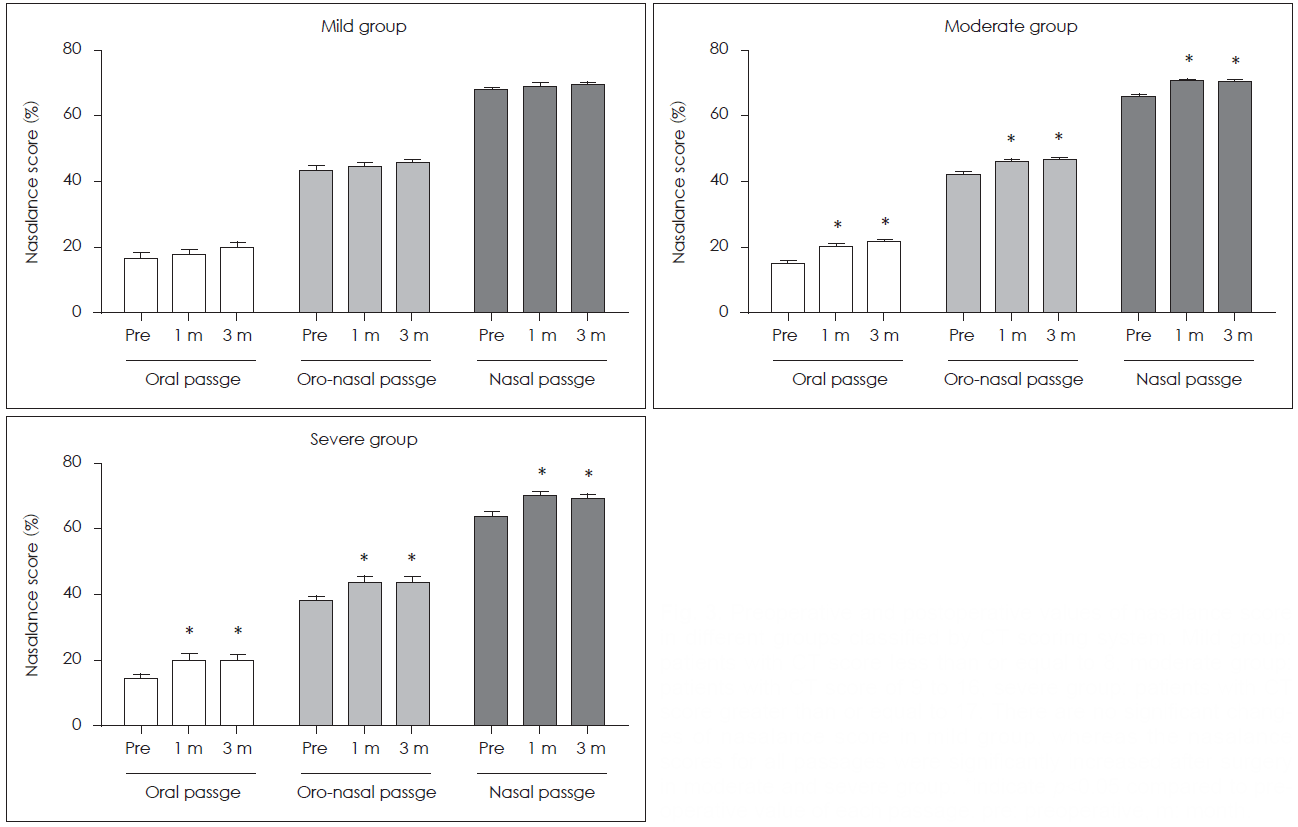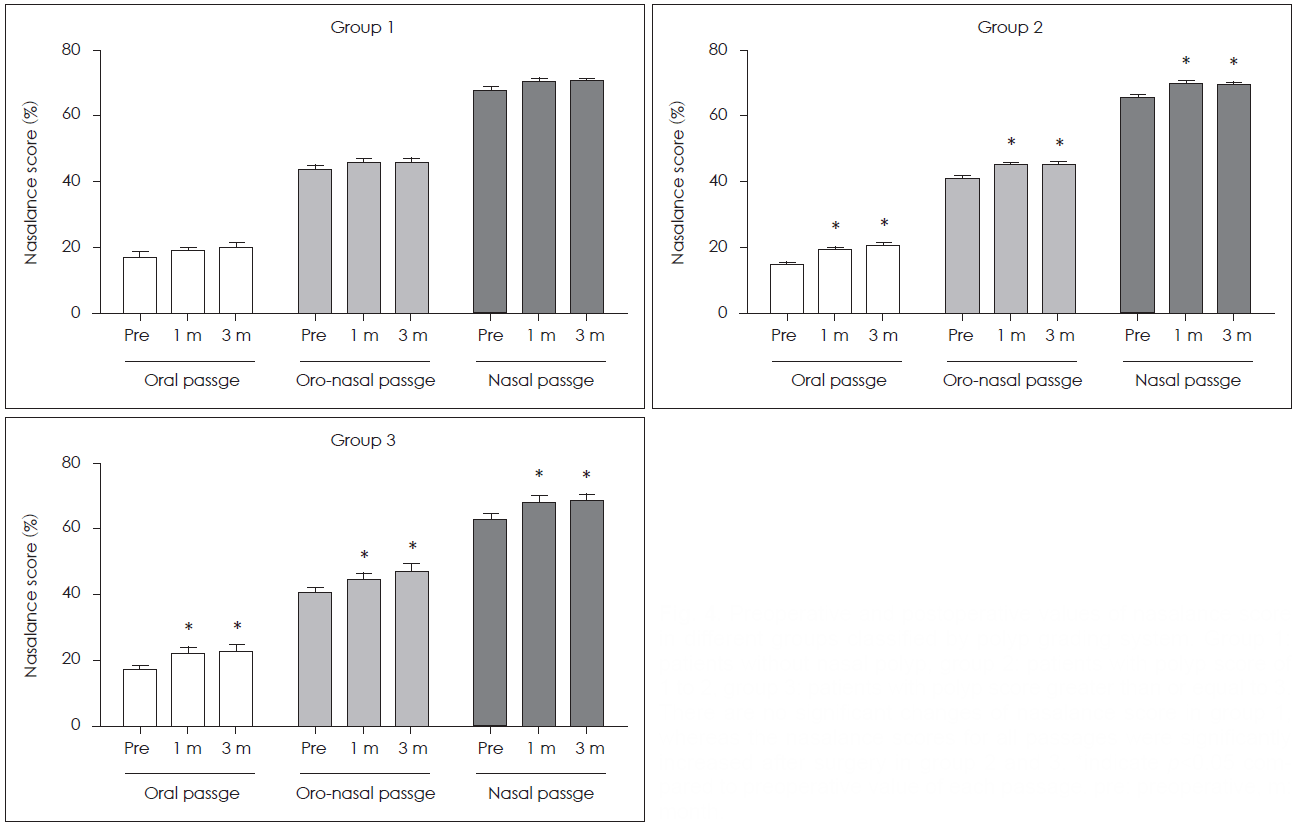1. Hosemann W, Göde U, Dunker JE, Eysholdt U. Influence of endoscopic sinus surgery on voice quality. Eur Arch Otorhinolaryngol. 1998; 255(10):499–503.

2. Masuda S. [Role of the maxillary sinus as a resonant cavity]. Nihon Jibiinkoka Gakkai Kaiho. 1992; 95(1):71–80.

3. Keir J. Why do we have paranasal sinuses? J Laryngol Otol. 2009; 123(1):4–8.

4. Havel M, Ertl L, Bauer D, Schuster M, Stelter K, Sundberg J. Resonator properties of paranasal sinuses: preliminary results of an anatomical study. Rhinology. 2014; 52(2):178–82.

5. Kim CS, Kong SK, Lee HS, Cho KS, Wang SG, Roh HJ. Analysis of changes in nasal formant, spectra and resonant volume in rhinosinus after endoscopic sinus surgery. Korean J Otolaryngol-Head Neck Surg. 2000; 43(11):1208–15.
6. Chen MY, Metson R. Effects of sinus surgery on speech. Arch Otolaryngol Head Neck Surg. 1997; 123(8):845–52.

7. Hong KH, Kwon SH, Jung SS. The assessment of nasality with a nasometer and sound spectrography in patients with nasal polyposis. Otolaryngol Head Neck Surg. 1997; 117(4):343–8.

8. Dhong HJ, Kim SI, Kwon JK, Yun YS, Kang SM, Chu KC. Effects of endoscopic sinus surgery on nasality. Korean J Otolaryngol Head Neck Surg. 1999; 42(7):871–5.
9. Soneghet R, Santos RP, Behlau M, Habermann W, Friedrich G, Stammberger H. Nasalance changes after functional endoscopic sinus surgery. J Voice. 2002; 16(3):392–7.

10. Jiang RS, Huang HT. Changes in nasal resonance after functional endoscopic sinus surgery. Am J Rhinol. 2006; 20(4):432–7.

11. Kim YH, Lee SH, Park CW, Cho JH. Nasalance change after sinonasal surgery: analysis of voice after septoturbinoplasty and endoscopic sinus surgery. Am J Rhinol Allergy. 2013; 27(1):67–70.

12. Kim SD, Park HJ, Kim GH, Wang SG, Roh HJ, Cho KS. Changes and recovery of voice quality after sinonasal surgery. Eur Arch Otorhinolaryngol. 2015; 272(10):2853–9.

13. Lund VJ, Mackay IS. Staging in rhinosinusitus. Rhinology. 1993; 31(4):183–4.
14. Vendelo Johansen L, Illum P, Kristensen S, Winther L, Vang Petersen S, Synnerstad B. The effect of budesonide (Rhinocort) in the treatment of small and medium-sized nasal polyps. Clin Otolaryngol Allied Sci. 1993; 18(6):524–7.
15. Park M, Baek WS, Lee E, Koh KS, Kim BK, Baek R. Nasalance scores for normal Korean-speaking adults and children. J Plast Reconstr Aesthet Surg. 2014; 67(2):173–7.

16. Park SJ, Park JS, Xu J, Kang Y, Kim YM, Rha KS. Analysis of nasalance in patients with chronic rhinosinusitis. J Rhinol. 2016; 23(1):31–8.

17. Chen XB, Lee HP, Chong VFH, Wang DY. Aerodynamic characteristics inside the rhino-sinonasal cavity after functional endoscopic sinus surgery. Am J Rhinol Allergy. 2011; 25(6):388–92.

18. Birkent H, Erol U, Ciyiltepe M, Eadie TL, Durmaz A, Tosun F. Relationship between nasal cavity volume changes and nasalance. J Laryngol Otol. 2009; 123(4):407–11.

19. Cankurtaran M, Celik H, Coşkun M, Hizal E, Cakmak O. Acoustic rhinometry in healthy humans: accuracy of area estimates and ability to quantify certain anatomic structures in the nasal cavity. Ann Otol Rhinol Laryngol. 2007; 116(12):906–16.

20. Dalston RM. Acoustic assessment of the nasal airway. Cleft Palate Craniofac J. 1992; 29(6):520–6.










 PDF
PDF Citation
Citation Print
Print


 XML Download
XML Download